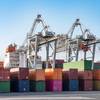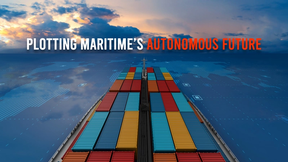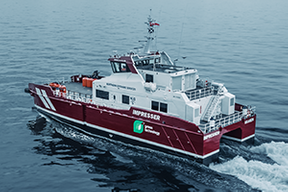As part of the Gothenburg Port Authority environmental discount scheme, vessels that report good environmental performance receive a 10 per cent discount on the port tariff, assuming they achieve a certain level according to the globally recognised environmental indexes ESI and CSI.
Vessels that run on LNG receive an extra discount of 20 per cent each time they call. The LNG discount is subject to a time limit and is due to run to the end of this year, although the Port Authority is considering extending the discount period.
LNG is currently the cleanest marine fuel available for large-scale shipping. Use of the fuel began to gather momentum at the Port of Gothenburg in the second half of 2016. Prior to that, shipping companies were sceptical about investing as there was no means of bunkering LNG at the port. At the same time, the bunkering companies were unwilling to supply LNG without a customer base.
“A catalyst was necessary to break the deadlock, and the energy discount has been a strong contributing factor behind many players choosing to follow the LNG route,” said Edvard Molitor, Environmental Manager at the Gothenburg Port Authority.
In 2015, the Port of Gothenburg introduced an environmental discount on the port tariff in an effort to increase the number of calls by ships running on liquefied natural gas (LNG).
Several major LNG investments have been made since then, including initiatives by a number of Swedish shipping companies. This has had a positive impact on the environment, including reduced emissions of sulphur dioxide, particles and nitric oxide into the air in western Sweden.
The Gothenburg Port Authority is now set to extend the discount period and is already outlining a renewed environmental discount.
In 2019, the LNG discount will be 20 per cent as previously, before being phased out during 2020 with a reduction to 10 per cent. However, during the phase-out period the Port Authority will focus on developing the regular indexed environmental discount, which takes greater account of the vessels’ environmental impact rather than the technology or the fuel used to run the vessel.













